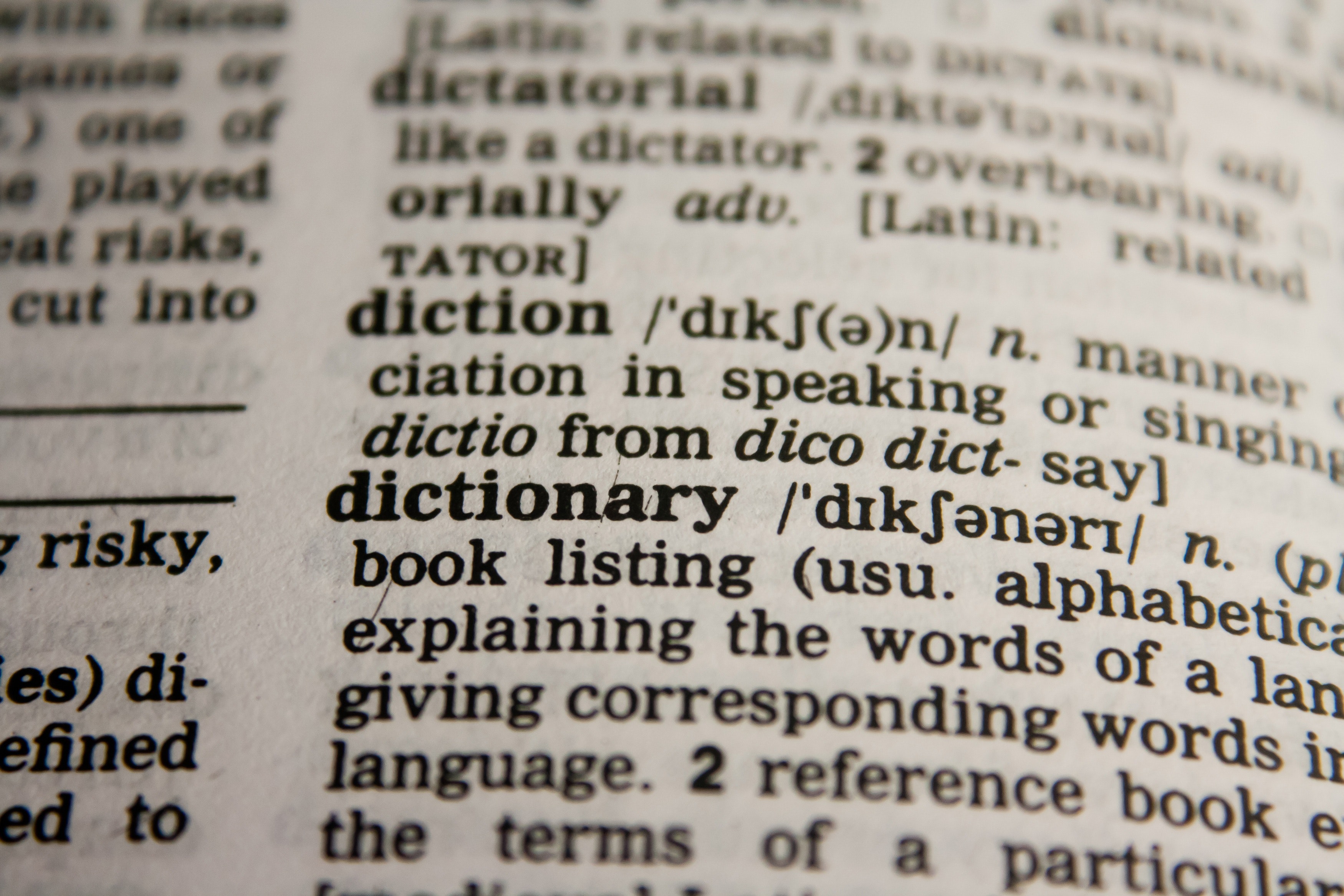The machine translation system of the Japan Patent Office (JPO) will be upgraded in May 2019. Toshiba Digital Solutions Corporation (TDS), which was split off from Toshiba Corporation in July 2017, won a contract with the JPO for the development of the system.
According to the announcement on July 10 2018, in order to improve translation accuracy, the new system will adopt the technologies to:
- automatically extract Claims and fixed format parts from a patent document using TDS’s natural language processing system and appropriately distribute them to NMT (Neural Machine Translation), RBMT (Rule Based Machine Translation), and SMT (Statistical Machine Translation); and
- format input sentence.
As for NMT, it will employ the NMT system developed by NICT (National Institute of Information and Communications Technology). Also, Microsoft Azure will be employed for a system infrastructure to process a large number of patent documents at high speed.
This is one of Government measures for the JPO. The Intellectual Property Strategic Program 2018 which was published in June 2018 states as follows:
“In order to strengthen ability to disseminate information on examinations and trials from the JPO, the government will develop the environment for improving accuracy in the machine translation system for Japanese to English translation. Also, in order to make it easier for Japanese users to access the IP information provided by overseas patent and trademark offices, it will develop the environment for improving accuracy in the machine translation system for foreign languages to Japanese.”
When the JPO successfully improves accuracy of machine translation, I would suggest to the JPO to further consider not requiring overseas patent applicants to submit the Japanese translation of patent application documents. Because several people from overseas firms have told me that their clients hesitate or give up patent application filing in Japan, considering the cost of Japanese translation which they feel expensive. Alternatively, allowing the submission of English translation may work. Because the English translation can be used for patent application filing in other English-speaking countries and it would not bother so much. Anyway, I expect the JPO to create an environment where overseas clients who want to obtain patent rights in Japan don’t have to give up due to just translation cost.





